DIY laundry soap made from Buckeyes/ Horse Chestnuts - who knew?
The mission of Ecohome goes beyond providing sustainable and energy efficient home building guidance - what goes in the home matters too. The most important thing that goes in homes is, in our opinion, people. As we live in an increasingly toxic world, more people all the time are becoming chemically-sensitive or developing respiratory problems, and the rate of childhood asthma has seen a disturbingly high increase in recent years that could be linked to "natural" fossil gas cooktops, heating, and appliances. So protecting indoor air quality in homes, and reducing toxic chemicals in them is more important than ever.
Along with helping people find non-toxic building materials, we are always happy to share clever natural cleaning product ideas that keep unnecessary toxins and perfumes out of homes. Not long ago we featured Tru-Earth eco strips with natural ingredients and greatly reduced packaging, but for the real enthusiasts, here is how to make your own laundry soap with buckeyes, horse chestnuts or indeed conkers as they are known in the UK! Who knew it was this easy to make your own eco-friendly and effective laundry detergent using ingredients you can pick off the floor?!
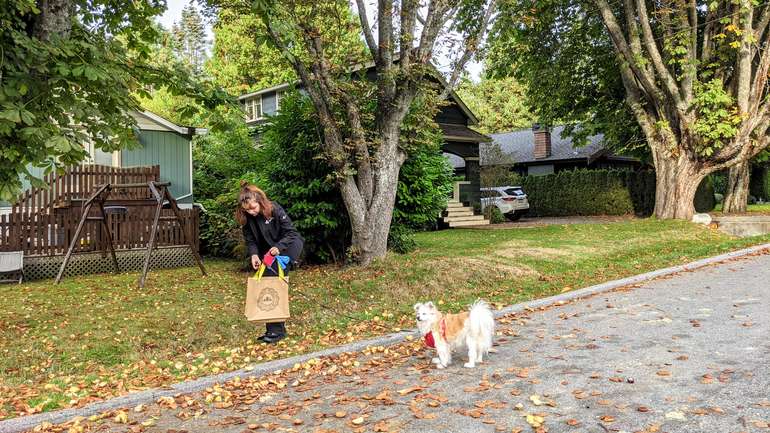
Where to find Buckeyes or Horse Chestnuts for making soap
They can be found lounging under the Aesculus hippocastanum tree, which is a species of flowering plant in the soapberry (there's a hint here in the name!) and lychee family Sapindaceae that grows mostly in the Central and Eastern US, Europe and more temperate parts of Canada. Buckeyes have little value and are inedible to humans, though you might need to fight some squirrels for them. But, if there are any of these magnificent trees growing near you, the nuts can be collected to make chestnut soap. We collect a few handfuls each day while out walking our dog, economising on time and getting some fresh air at the same time.
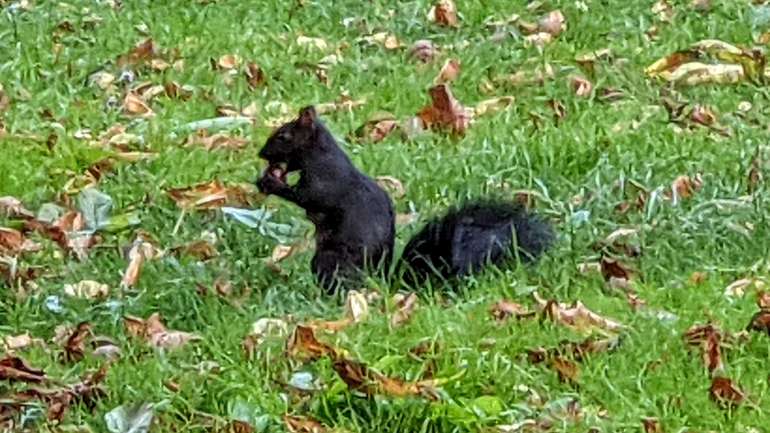
Note that "soap nuts" can also be purchased, but like some other natural medicinal plants and some ‘super foods’ like quinoa, western demand (and our ability to procure most anything we desire) is having a detrimental effect on poorer nations in the world and their abitlity to source and afford their own native plant products.
So please don’t go buy them from the other side of the world based our recommendation, for a couple of reasons - they are an invaluable and dwindling resource for poorer populations, so beyond stripping them of a resource, there is the carbon footprint reality of shipping anything from across the ocean to consider. We have access to alternative eco-friendly soaps and cleaners, but most of the world does not.
So, for those lucky enough to find some kicking around on the sidewalk in your neighborhood, here’s the skinny on how to make soap from buckeyes or horse chestnuts!
How to tell the difference between chestnuts and buckeyes?
For identifying them to be sure you’re using the right ones, note that Sweet Chestnuts have many long spikes that almost look fluffy from a distance. There are fewer spikes on Horse Chestnuts or Buckeyes - giving a smoother appearance to their outer shells, and they are much shorter, as seen in the images below.
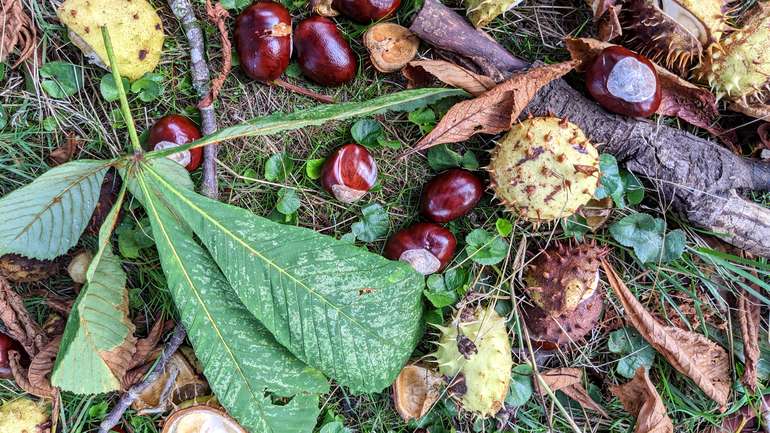

The time to harvest them is around September and October, once they’ve hit the ground but aren’t covered in leaves or snow. Sweet chestnuts are edible (that’s why we sing about roasting them at Christmas) but horse chestnuts and buckeyes are not. As they have no nutritional value or other practical use for humans beyond soap (and likely get shot out of lawnmowers like buckshot), if you had a neighbor with a buckeye or horse chestnut tree they may be thrilled if you went and collected them, but maybe ask before trampling their grass!
How to make Buckeye / Horse Chestnut laundry soap?
Making laundry soap from Horse Chestnets or Buckeyes is easy if you follow these simple steps - this is about the number needed for 6 x 64 oz jugs of laundry detergent (200 loads appx):
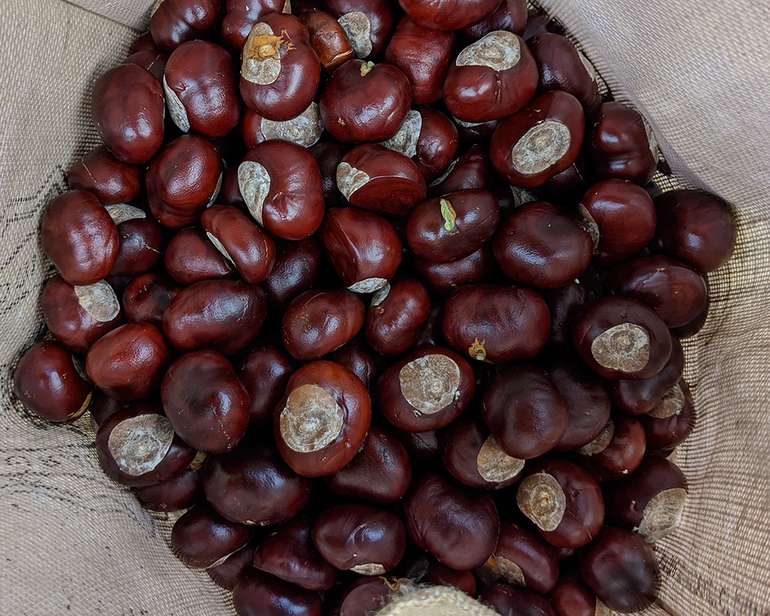
- Once you have collected a few pounds or several handfuls of horse chestnuts, first you will need to cut or crush them up. You can wrap them in a cloth and smash them with a hammer, and to really cut them up you could give them a few wacks and then run them through an old food processor or blender that you no longer use for food. We've even used a meat cleaver carefully to chop them into pieces, which is best done while they are fresh off the tree and a little softer. The idea is to break them down into smaller pieces and then soak them to release the saponins. And the smaller the chunks are, the less time you need to steep them in water. There are many plants that have saponins in them, which is a natural surfactant, and horse chestnuts or buckeyes are a particularly rich source. If you have any buckeyes left over, on your next walk out with the dog sprinkle a few in local parks and hedgerows so they have a chance to also grow into a magnificent tree for future generations to enjoy and to harvest for laundry soap!
- When chopping up the nuts themselves, it's essential to decide whether you intend using the DIY buckeye laundry detergent to wash white cotton clothes or lighter linens. If so, then remove as much peel as possible as the beautiful brown skins will leave behind some tanins that can dull lighter fabrics. In our household we do tend to choose natural fabrics and dies, so our clothes can become a little monotone over the years. But, we don't really care as long as they are clean and suitable for the weather!
- Once you have a couple of pounds of Buckeyes or Horse Chestnuts, cut up into pieces in a clean bucket or two, give them a good soak in hot water out of the tap if you keep your tank pretty hot, or boil some up if not. Figure on a good hour or more of soak time depending on the size of the pieces, with a little stir you should see it changing to a yellowish milky liquid, which is when it's pretty much ready for straining out the nut chunks - although we tend to go for the low-labor method of leaving them in overnight so the liquid also has time to cool.
- We then use an old strainer to separate the chestnut pieces from the liquid, and put the remains in the compost. The liquid left feels soapy between the fingers and will also be a little foamy.
- Next we need to prevent this natural laundry detergent from going rancid before we use it, so we have found that adding 4 heaping tablespoons of table salt to a gallon of liquid, along with a few drops of essential oils like lavender, eucalyptus, rosemary or thyme, leads to a fresh scent. Or, we've even found using home made citrus oil from lemon, lime and orange peels that have been steeped in a little alcohol and water works well. Mix the laundry liquid thoroughly to dissolve the salt.
- Now we have to decide what to store our natural laundry detergent in. The obvious answer we've come up with is to ask less sustainable family and friends for their old laundry detergent jugs. The 64oz / 2 litre size is ideal and we use a funnel to fill them up.
- The best place for storing natural laundry detergent is ideally a cool and dark place, a basement or the bottom of a cupoard can work and try to store full containers so there is the minimum of air. We have found that after a month or so it can get clumpy, when there are some slimy lumps in the jugs, - But we've still used it like that with no issues, and we put it directly into the washing drum. The only time we would consider discarding it is if it were to go moldy - and even then we'd be tempted to use if for washing vehicles or outside decks - we just wouldn't want mold in clothes.
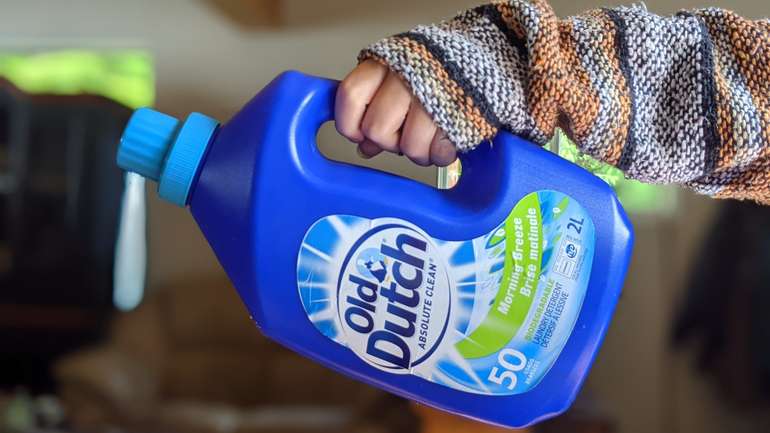
How much Horse Chestnut or Buckeye DIY laundry soap should you use per load?
Washing clothes with horse chestnut soap is an imperfect science of course, so there are no exact measures we can state definitively, but try about a third of a cup of liquid with an average-sized load of laundry (or 2 cap fulls). From there you can see how well it cleans, and whether it over-suds or not, and begin to fine tune your production process as well as how much liquid soap is required to clean your clothes.
Given that this type of laundry soap is a natural and organic product and may go a bit rancid after a while, maybe decant it a weeks worth at a time and keep it in the fridge in a clean mason jar (clearly labeled as non-consumable!)
How to make DIY laundry detergent from buckeyes - video guide
A reminder - Horse Chestnuts are toxic to eat
Very important – don’t eat them! They are safe to touch but toxic when consumed by humans. And note, that you are looking for horse chestnuts or buckeyes (Aesculus hippocastanum) which are poisonous to humans, not sweet chestnuts (Castanea sativa - which are edible and delicious when roasted or pickled). So be sure to store your raw materials and final liquid mix safely away from children.
How well does Chestnut soap work?
This is a solution for light washes and delicates, you will not be able to remove deep ground-in dirt and grease the way a commercial laundry detergent will, so don’t set your hopes too high. You will also find your clothes come out smelling fresh and fragrance-free, unless you choose to add some natural scent. If you do like your clothes to have scent, as we described you could add a small (and start with very small) amount of essential oils into the liquid mix - our favorite is probably lavender or citrus.
This will be our third year of making eco-friendly and largely 'free' laundry detergent from buckeyes. For general washing purposes, it lasts us most of the year and we've only ever had one jug go 'weird' on us, but it still worked great for cleaning our deck when we added some to hot water and gave the deck a good scrub, so it still got used. Have fun with making this DIY laundry soap, and if you have any other ideas and suggestions for buckeye soaps or other eco-friendly home hacks, please let us know in the comments below!
Now you know how to make your own laundry detergent and reducing the climate impact of packaging and shipping materials, find more pages about green lifestyle choices in these pages :
Find more about green home construction in the Ecohome Green Building Guide pages - also, learn more about the benefits of a free Ecohome Network Membership here. |
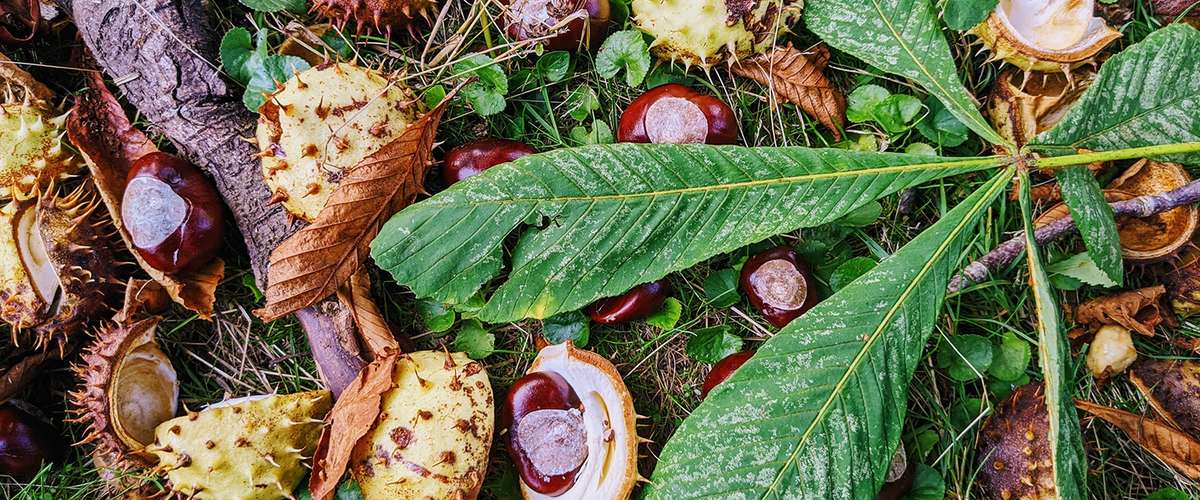

















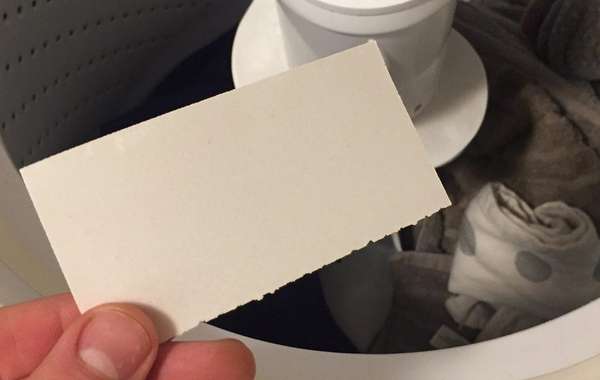
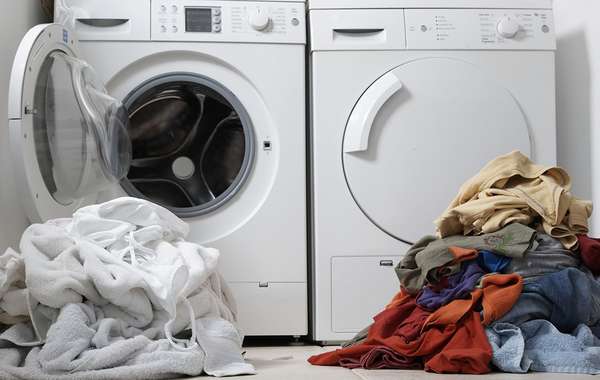
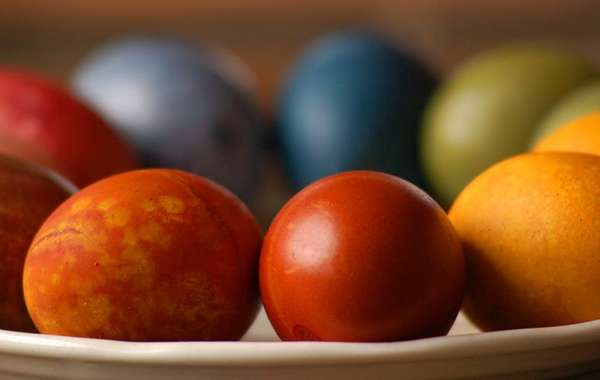
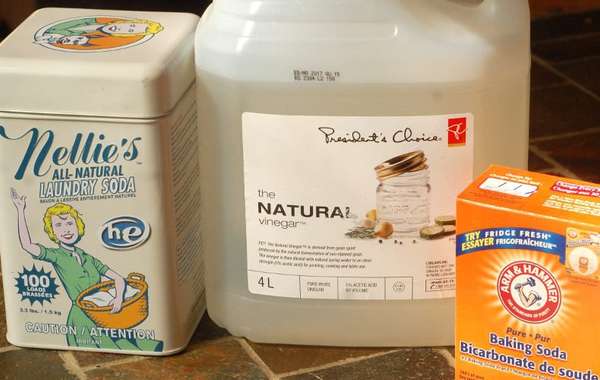

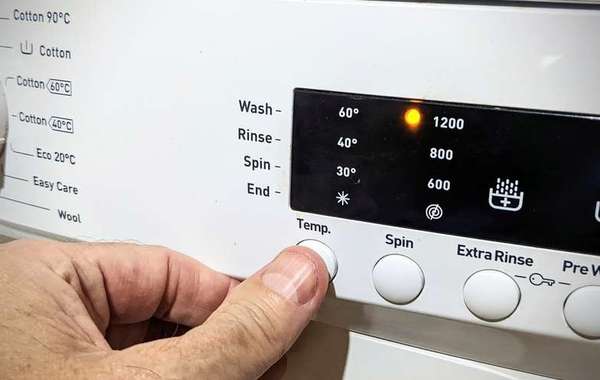
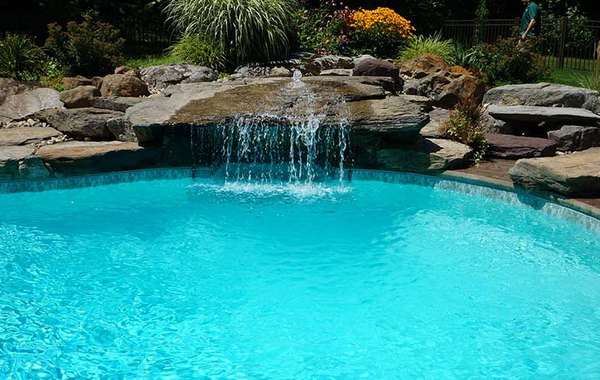
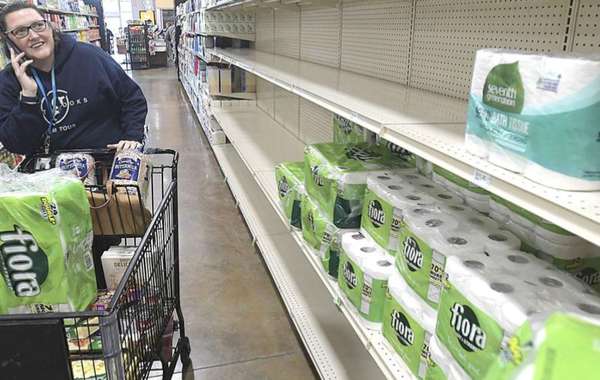
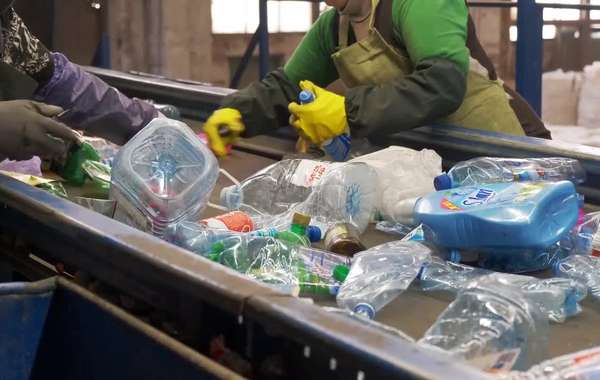

Comments (0)
Sign Up to Comment